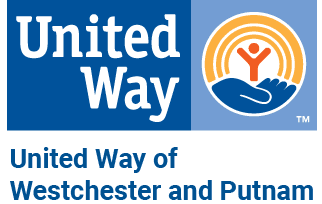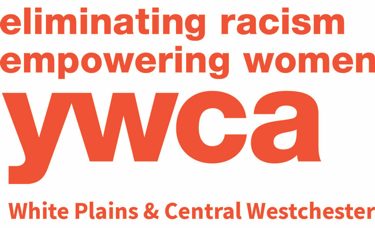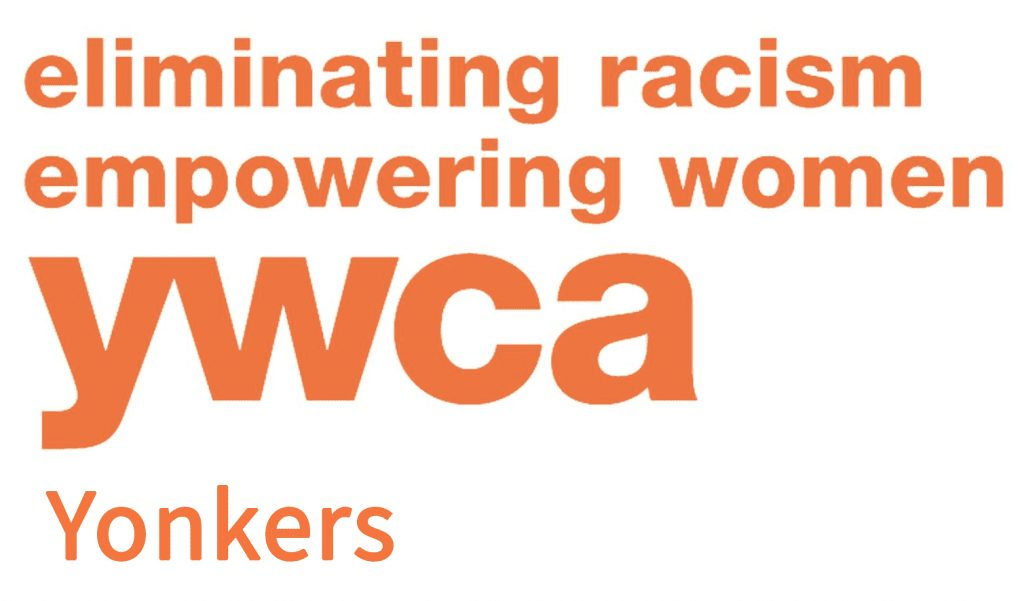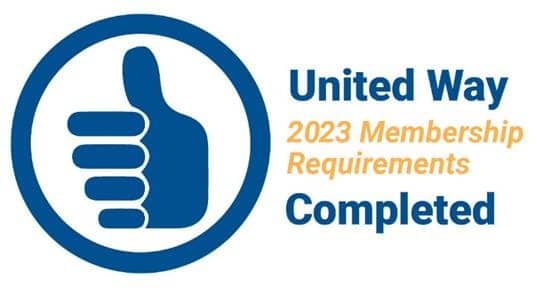Disabilities Day 1: Myths, types, and terminology

Welcome back to the United Way’s 5-Day Social Justice Journey! In this week’s edition we are focusing on increasing our awareness of the needs of individuals with disabilities. The purpose of the first day of the Individuals with Disabilities 5-Day journey is to familiarize you with some of the definitions, terms, and language surrounding this community. Today’s materials will be a great resource as you begin working your way through the journey.
Please note that we will not be able to cover everything related to the individuals with disabilities community over the next five days but hope that the resources provided will allow for ongoing discovery of this topic.
What is a Disability?
The Americans with Disabilities Act (ADA) defines a “disability” in legal terms, as opposed to providing a medical definition. Based on this approach, this definition is provided in broad terms, with further clarity regarding specific types of disabilities provided below. The ADA defines a person with a disability as an individual who has a physical or mental impairment that substantially limits one or more major life activities. This definition includes individuals with a history related to their impairments, even if they are not currently presenting with the criteria typically associated with those impairments. A key part of the ADA law is the section that makes it illegal to discriminate against a person based on their disability.
Myths
So often in our society our greatest misunderstanding stems from applying our thinking to situations we don’t fully understand. Sometimes this is known as forming stigmas, which result when people form thought patterns that are disapproving and discriminatory against an individual or group based on perceived characteristics that serve to distinguish them from other members of a society. As we begin our journey through the world of individuals with disabilities, it is important to be keenly aware of these myths and misconceptions, as they are pervasive in our society. As allies for this population, our goal is work to break these stigmas down to provide greater levels of inclusion, respect and understanding of all people within our society.
Further reading regarding the myths associated with individuals with disabilities:
Myths and Facts About People with Disabilities
Common Myths About Intellectual Disability
Ways to be more inclusive:
Types of Disabilities
In Day Two of this challenge we will learn about a landmark law designed to provide individuals with disabilities long-overdue legal rights and protections known as the Individuals with Disabilities Education Act (IDEA). For the purposes of today, below is a brief overview of IDEA’s definition of the 13 different disability categories, which applies to aged three through 22-years-olds to help determine if they qualify for services and supports during their school-aged years:
AUTISM SPECTRUM DISORDER: Is a neurodevelopmental disorder that impairs a child’s ability to communicate and interact with others. It also includes restricted repetitive behaviors, interests and activities. These issues cause significant impairment in social, occupational and other areas of functioning.
DEAF-BLINDNESS: Concomitant (simultaneous) hearing and visual impairments, the combination of which causes such severe communication and other developmental and educational needs that they cannot be accommodated in special education programs solely for children with deafness or children with blindness.
DEAFNESS: a hearing impairment so severe that a child is impaired in processing linguistic information through hearing, with or without amplification, that adversely affects a child’s educational performance.
EMOTIONAL DISTURBANCE: A condition exhibiting one or more of the following characteristics over a long period of time and to a marked degree that adversely affects a child’s educational performance:
(a) An inability to learn that cannot be explained by intellectual, sensory, or health factors; (b) An inability to build or maintain satisfactory interpersonal relationships with peers and teachers; (c) Inappropriate types of behavior or feelings under normal circumstances; (d) A general pervasive mood of unhappiness or depression; (e) A tendency to develop physical symptoms or fears associated with personal or school problems.
The term includes schizophrenia. The term does not apply to children who are socially maladjusted, unless it is determined that they have an emotional disturbance.
(Examples: Anxiety disorder, schizophrenia, bipolar disorder, obsessive-compulsive disorder and depression)
HEARING IMPAIRMENT: An impairment in hearing, whether permanent or fluctuating, that adversely affects a child’s educational performance but is not included under the definition of “deafness.”
INTELLECTUAL DISABILITIES: Significant general intellectual functioning, existing concurrently with deficits in adaptive behavior and manifested during the developmental period, that adversely affects a child’s educational performance.
MULTIPLE DISABILITIES: Concomitant (simultaneous) impairments (such as intellectual disability-blindness, intellectual disability-orthopedic impairment, etc.), the combination of which causes such severe educational needs that they cannot be accommodated in a special education program solely for one of the impairments.
ORTHOPEDIC IMPAIRMENT: Severe orthopedic impairment that adversely affects a child’s educational performance. The term includes impairments caused by a congenital anomaly, impairments caused by disease, and impairments from other causes.
OTHER HEALTH IMPAIRMENT: Having limited strength, vitality, or alertness, including a heightened alertness to environmental stimuli, that results in limited alertness with respect to the educational environment, that:
- (a) is due to chronic or acute health problems such as asthma, attention deficit disorder or attention deficit hyperactivity disorder, diabetes, epilepsy, a heart condition, hemophilia, lead poisoning, leukemia, nephritis, rheumatic fever, sickle cell anemia, and Tourette syndrome;
- and, (b) adversely affects a child’s educational performance
SPECIFIC LEARNING DISABILITY: A disorder in one or more of the basic psychological processes involved in understanding or in using language, spoken or written, that may manifest itself in the imperfect ability to listen, think, speak, read, write, spell, or to do mathematical calculations. The term includes such conditions as perceptual disabilities, brain injury, minimal brain dysfunction, dyslexia, and developmental aphasia. The term does not include learning problems that are primarily the result of visual, hearing, or motor disabilities; of intellectual disability; of emotional disturbance; or of environmental, cultural, or economic disadvantage.
SPEECH OR LANGUAGE IMPAIRMENT: A communication disorder such as stuttering, impaired articulation, language impairment, or a voice impairment that adversely affects a child’s educational performance.
TRAUMATIC BRAIN INJURY: An acquired injury to the brain caused by an external physical force, resulting in total or partial functional disability or psychosocial impairment, or both, that adversely affects a child’s educational performance. The term applies to open or closed head injuries resulting in impairments in one or more areas, such as cognition; language; memory; attention; reasoning; abstract thinking; judgment; problem-solving; sensory, perceptual, and motor abilities; psychosocial behavior; physical functions; information processing; and speech.
VISUAL IMPAIRMENT, INCLUDING BLINDNESS: An impairment in vision that, even with correction, adversely affects a child’s educational performance. The term includes both partial sight and blindness.
Listen
Reflection Questions
Have you ever had a conversation with a person with a disability? How did you know that they possessed their disability?
How can you become an ally for this population? Why is advocacy important?
What steps can you take to enhance your understanding of the myths associated with individuals with disabilities?
The 5-Day Social Justice Journey is brought to you by



336 Central Park Avenue
White Plains, NY 10606
914.997.6700
Privacy Policy
Board Portal
Career Opportunities

